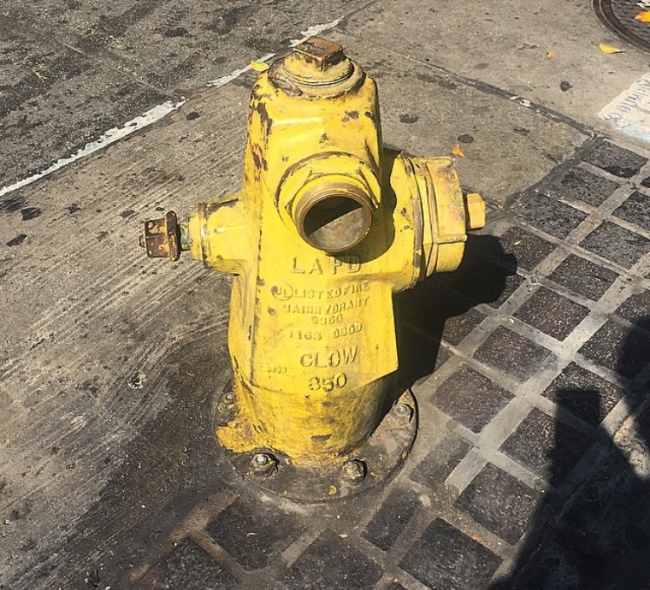
Last February, artists David OReilly and Kim Laughton created a blog called #HyperRealCG, in which they post banal photographs and then claim that they’re CG. Pretty much every tech blog falled for it.

Last February, artists David OReilly and Kim Laughton created a blog called #HyperRealCG, in which they post banal photographs and then claim that they’re CG. Pretty much every tech blog falled for it.
This project by Pablo Garcia uses anamorphosis to add visual symbols to selfie-stick photography…
[via]
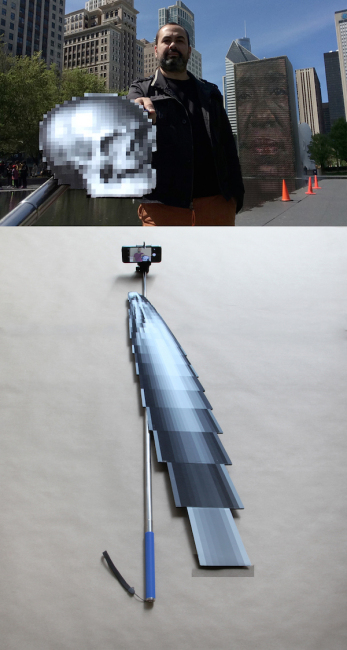
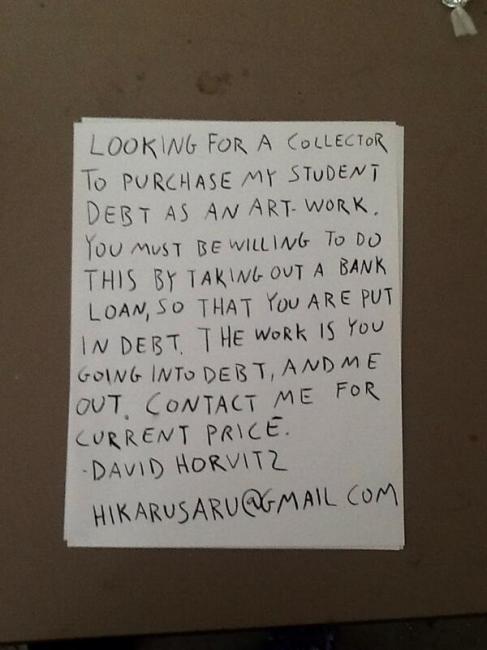
Student Debt by David Horvitz
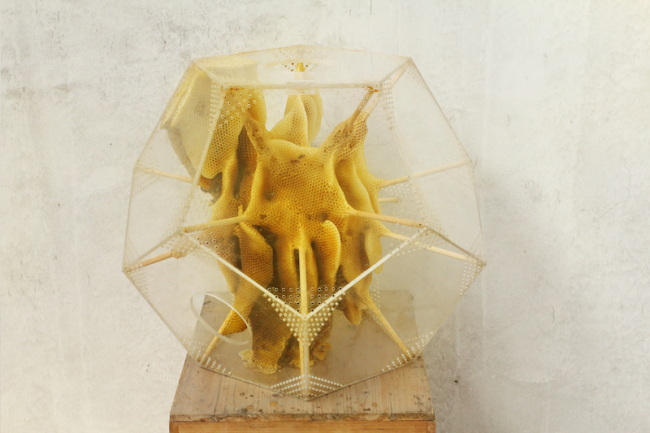
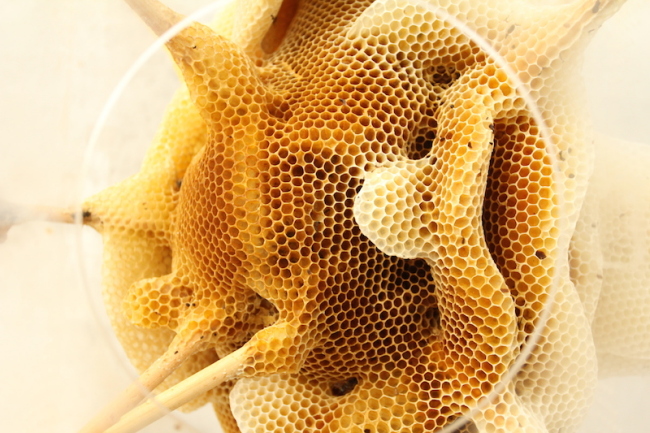
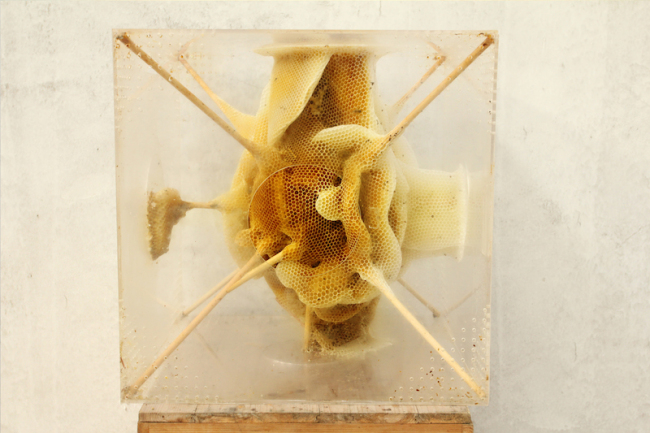
Ren Ri’s amazing honeycomb sculptures.

Sarah Abu Abdallah, The Salad Zone, 2013
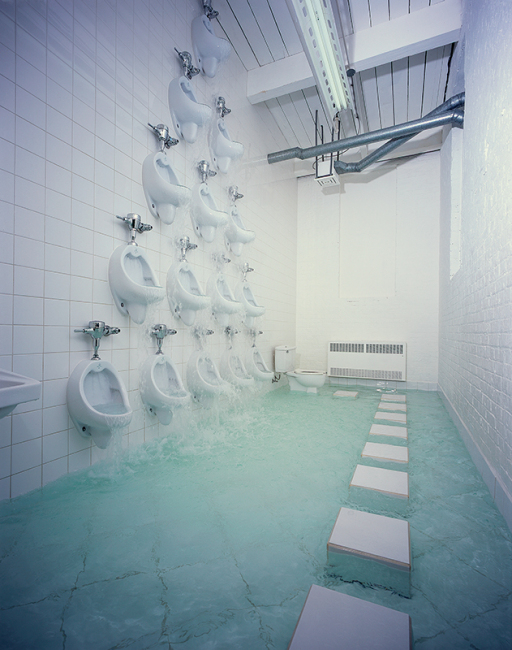
Reece Terris, American Standard, 2004
“American Standard is an installation that featured fifteen functional urinals arranged in a pyramid formation on the wall of the men’s washroom in the Alexander Centre studio at Simon Fraser University. Transforming the facility into a public indoor fountain, water overflowed from the uppermost urinal and splashed its way down through the formation creating a deluge of water flooding the sunken floor. Visitors enter the space via tiled stepping stones, providing access directly to the sink and preexisting toilet, leaving the facility fully functional and open to both sexes.
American Standard draws upon the ‘readymade’ and confronts its art-historical underpinnings (recalling Marcel Duchamp’s iconic Fountain), while imparting more than pure reference, as it extends beyond the object-oriented readymade into an architectural space. Rather than demonstrating how context produces meaning within objects, American Standard presents an environment in which objects re-contextualize their space, revealing architecture’s dependence on standardized form and socially assumed function within even the most private of public spaces.”
Nonfunctional Satellites, by Trevor Paglen
“Developed in collaboration with aerospace engineers, the nonfunctional satellites are space-worthy sculptures designed as small, lightweight satellites that expand to become large, highly reflective structures. Placing one of these objects into low-earth orbit would create a visible “sculpture” in the night sky, visible from the earth below after sunset and before dawn as a bright, slowly moving, flickering star. The sculpture would remain in orbit for several weeks before burning up upon reentry through the atmosphere.
These designs are responses to the question of what aerospace engineering would look like if its methods were decoupled from the corporate and military interests underlying the industry. The nonfunctional satellite recasts the old question of “art for art’s sake” within a different context, asking whether we can imagine something like “aerospace engineering for aerospace engineering’s sake.”
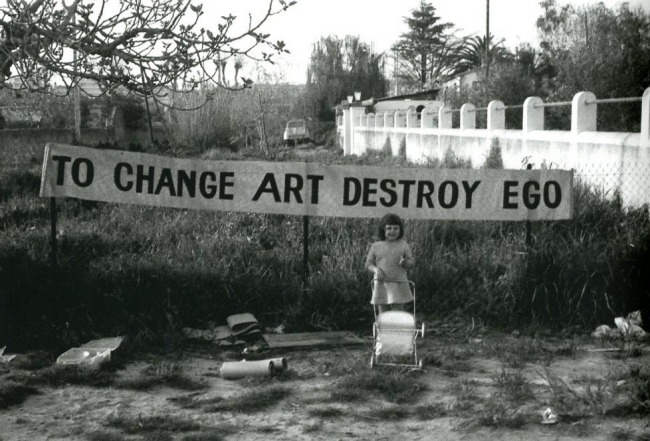
Ben Vautier, To Change Art Destroy Ego, 1965
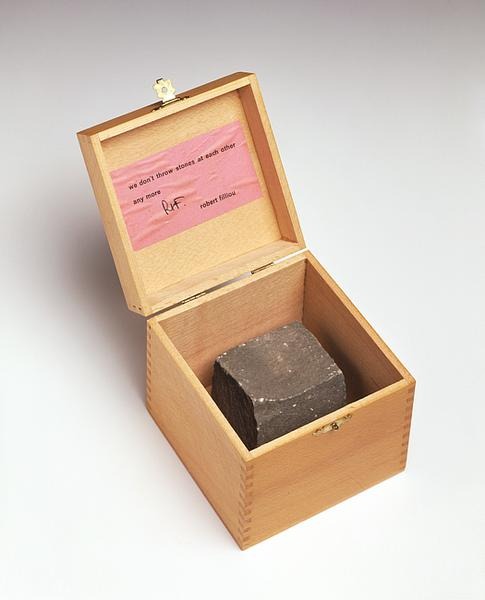
Robert Filliou, Optimistic Box n° 1, 1968. “We don’t throw stones at each other anymore”
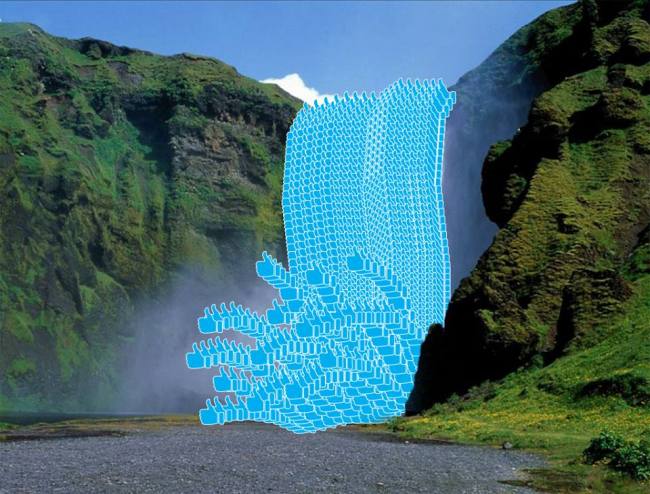
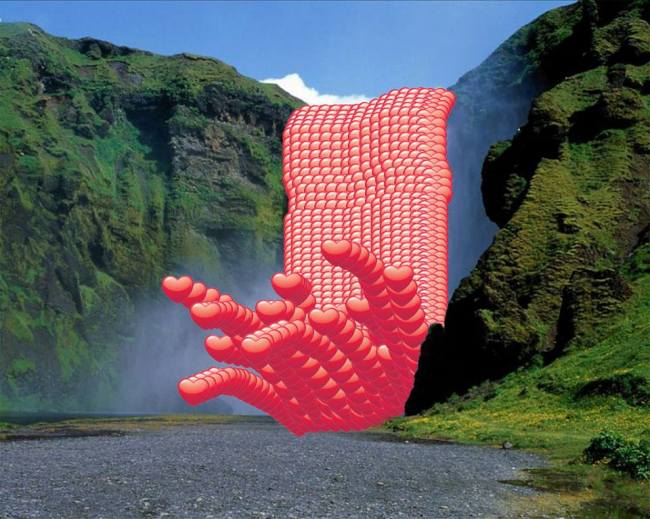
[via lizardslut]
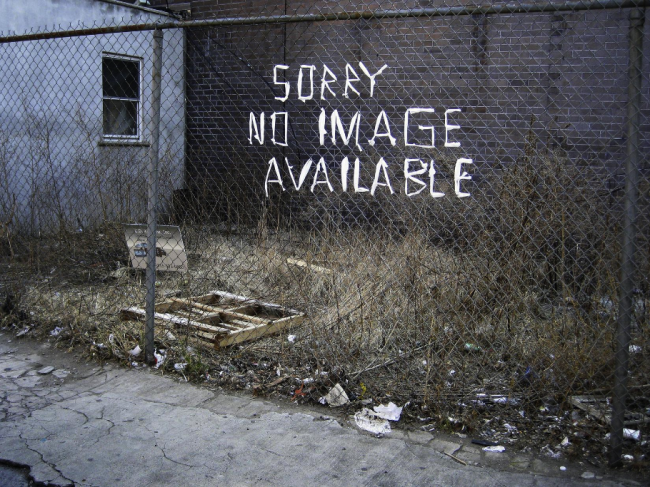

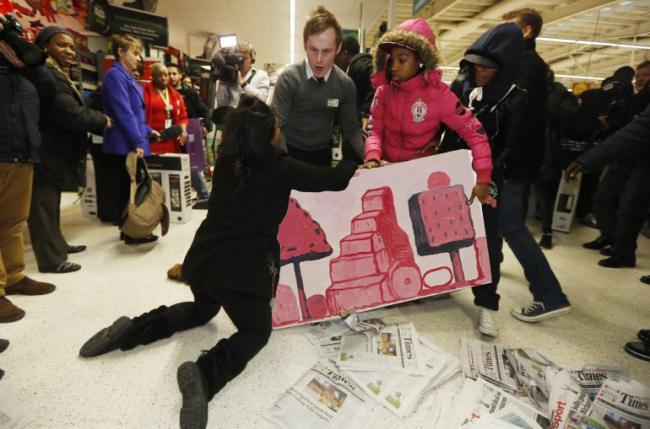
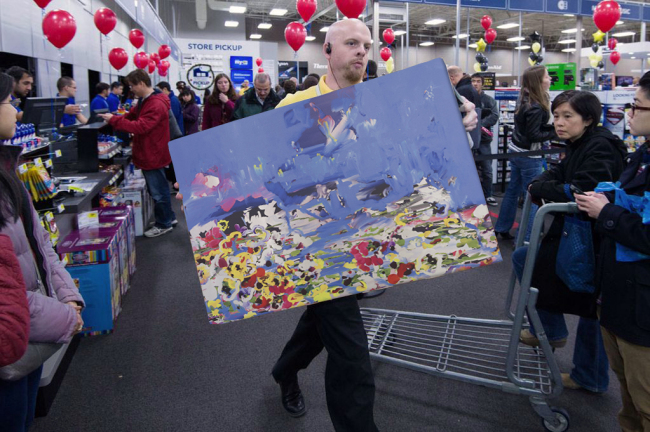
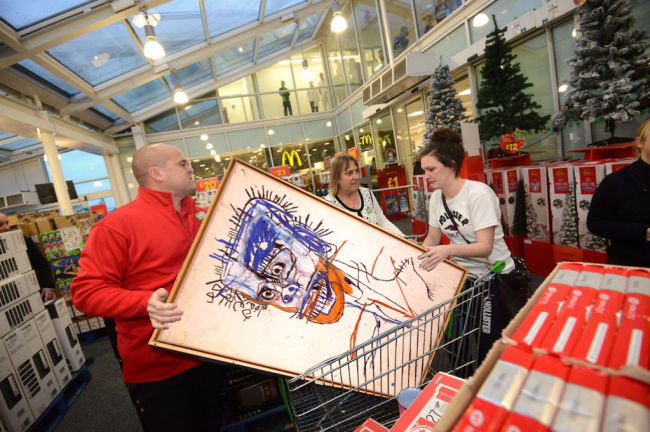
Ibon Mainar, Digital Collages (Institutional Critique), 2014
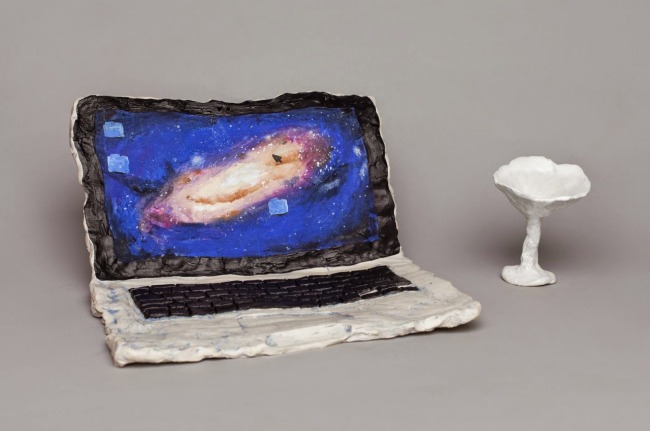
Amazing ceramic works by Pau Sampera…
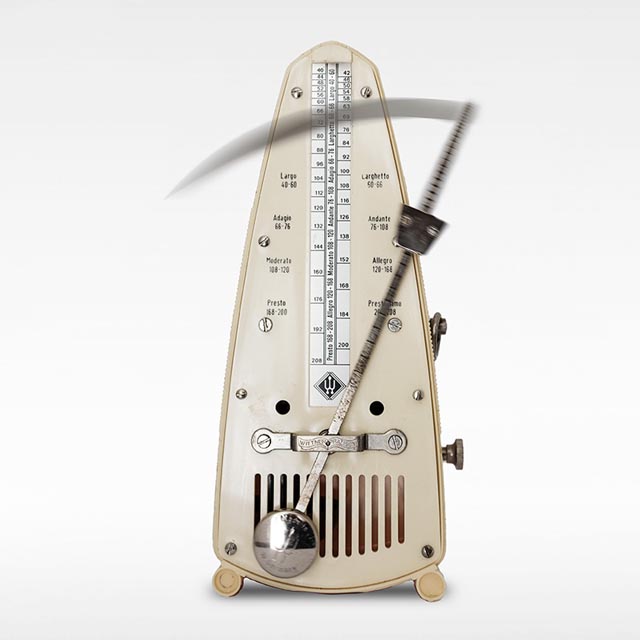
Fabian Buergy, Metronom des Todes, 2014
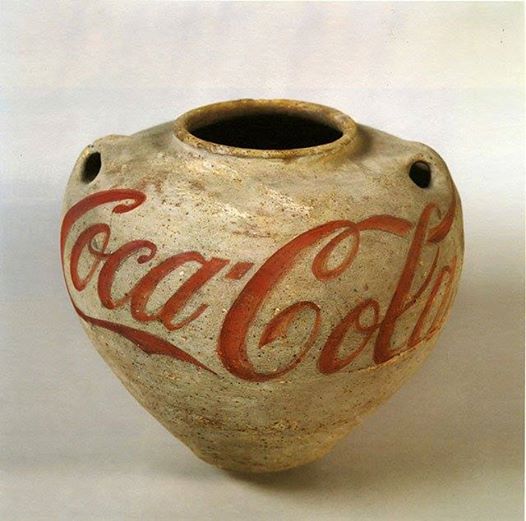
Ai Weiwei, Han Dynasty Urn with Coca-Cola Logo, 1994
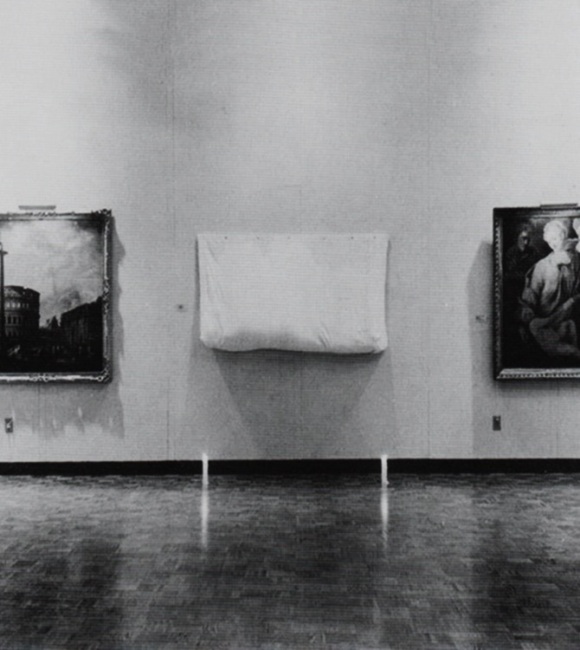
In 1974, at the Utah Museum of Art in Salt Lake City, Chris Burden climbed into a “chrysalis”-like sac and had himself installed in between some of the museum’s exceedingly random 18th century paintings, with candles placed at his head and feet. And there he hid all day.
[via]
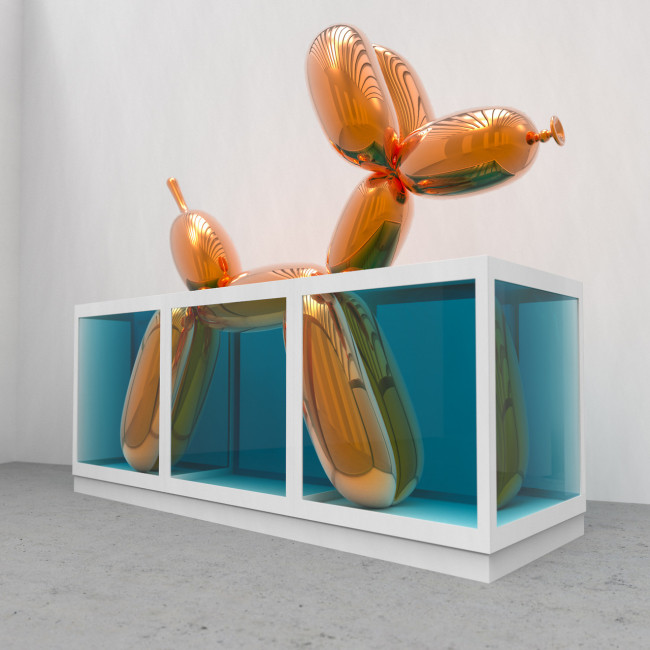

Images by Kim Laughton…
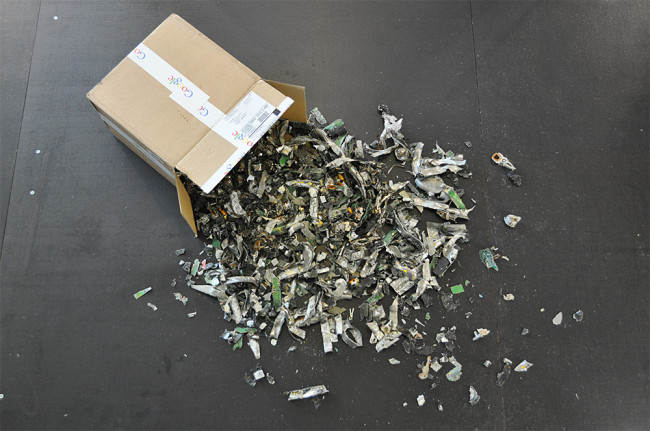
“Readymade art at the Transmediale Festival in Berlin by Sebastian Schmieg and Johannes P Osterhoff, featuring a box of destructed hard drives from one of Google’s data centers”…
[via]
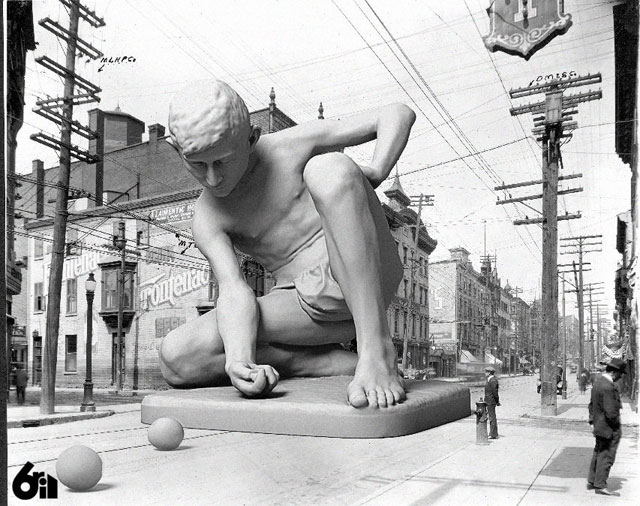
“For a project called “Lincoln 3D Scans,” artist Oliver Laric worked with the Collection Museum and Usher Gallery in Lincoln, UK, to make some of their pieces available in just that way. Laric sorted through their archives and chose dozens of objects to scan, from busts of Beethoven, Dante, and Einstein to pieces of furniture to a human pelvis bone. He then created 3D models of the objects, which he collected and published online. Each of the 52 pieces on Laric’s site — which is currently being highlighted as a “First Look” online exhibition by the New Museum — is presented in the form of a rotating GIF, stripped of color and looking like a kind of digital styrofoam version of itself. Underneath the GIFs are some basic identifying details and a button to download the scan as an STL file. Using that file, you can print the object yourself.”
[read more here]
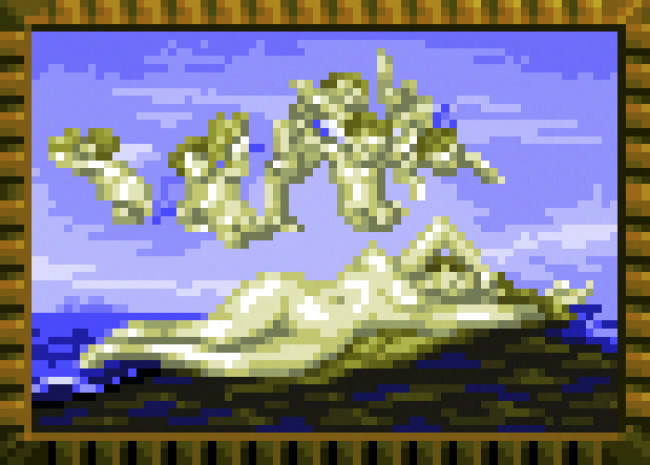
Jon Gourley has opened the Video Game Art Museum, a space dedicated to the paintings and art pieces strewn throughout the backgrounds of video games.
[via]